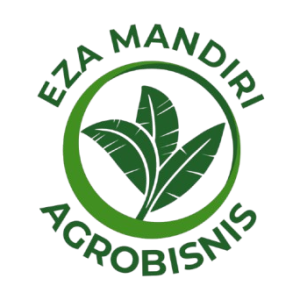
Cultivate the Earth, Nurture Life Interior

Cultivate the Earth, Nurture Life Interior


For centuries, banana leaves have served as more than just foliage—they’re a symbol of tradition, flavor, and sustainability in kitchens around the world. From the steaming pots of Southeast Asia to the vibrant tamales of Latin America, banana leaves play a central role in cooking and cultural expression.
At Ezabananaleaf, we proudly export premium banana leaves from Indonesia, helping chefs and food businesses around the globe bring tradition—and sustainability—back to the table.
A Culinary Tradition Rooted in Nature
Banana leaves are used in global cuisines not only because of their natural beauty, but because of their unique culinary benefits:
They impart a subtle, earthy aroma to food.
They’re non-stick and moisture-resistant—perfect for steaming or grilling.
They preserve heat and flavor, acting as natural food wraps.
They’re biodegradable, hygienic, and food-safe.
Let’s explore how different cultures use banana leaves in their signature dishes.
Banana Leaves Around the World
Indonesia: Pepes & Lontong
In Indonesia, banana leaves are used to wrap pepes (spiced fish or tofu), steamed rice cakes (lontong), and desserts. The leaves lock in moisture and flavor while adding a light herbal scent.
India: South Indian Meals on Banana Leaves
In Tamil Nadu and Kerala, traditional meals (sadhya) are served directly on banana leaves. Each food item is placed in a specific position, following cultural customs. The leaves enhance presentation and digestion.
Mexico & Central America: Tamales
Tamales made from corn masa are wrapped in banana leaves, especially in Yucatán and Oaxaca regions. The leaves keep the dough moist and lend a rich aroma, compared to corn husks.
Thailand: Khanom Krok & Sticky Rice
Street vendors in Thailand use banana leaves to wrap sticky rice, sweets, and even coconut pancakes (khanom krok). They also fold the leaves into small cups or parcels.
The Philippines: Suman & Binalot
Suman, a sweet rice dessert, is wrapped in banana leaves and steamed. “Binalot” literally means “wrapped”—rice and viands packed in banana leaves for takeout.
Africa: Moi Moi & Koki
In West Africa, banana or plantain leaves are used to steam moi moi (bean pudding) and koki (corn paste). The wrapping helps preserve texture and flavor.
More Than Just Food: Cultural and Spiritual Significance
Banana leaves are often used in religious offerings, ceremonies, and feasts. In Hindu and Buddhist traditions, they symbolize purity, abundance, and respect. Serving food on banana leaves during celebrations is a sign of hospitality and sacredness.
Sustainable and Timeless
Despite modern packaging innovations, banana leaves remain relevant due to:
Zero waste
Compostable & eco-friendly
Natural alternative to plastic or foil
Supports traditional culinary heritage
For chefs and food businesses focused on authenticity and sustainability, banana leaves offer a unique blend of practicality and tradition.
Ezabananaleaf: Delivering Tradition, Worldwide
At Ezabananaleaf, we supply export-grade banana leaves to restaurants, caterers, and distributors worldwide. Whether you’re recreating a dish from your heritage or embracing eco-conscious packaging, we’ve got you covered.
📧 info@ezabananaleaf.com
📲 WhatsApp +62 821 2547 8912